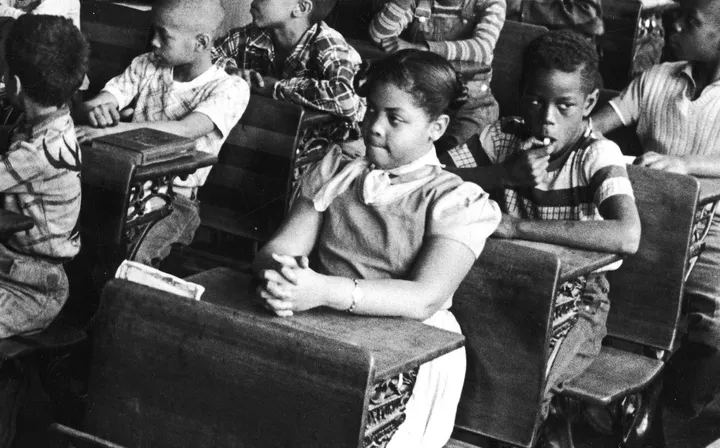Linda Brown was a third grader who simply wanted to avoid a long walk and bus ride and join her white friends in class, but she was black, and the Topeka, Kansas, elementary school four blocks from her home was segregated, open only to white students.
This third grader went on to become the symbolic center of Brown v. Board of Education, the transformational 1954 Supreme Court decision that bore her father’s name and helped dismantle racial segregation in the United States.

The following reflection of Linda Brown is from an Administrative Office of the U.S. Courts posting entitled, “Remembering the Girl at the Center of Brown v. Board of Education:”
Linda Brown, who became the face of children caught in the crossfire of the fight for social change in the 1950s, died [on March 25, 2018,] at the age of 76. The passing of the woman who was the young plaintiff in Brown v. Board of Education reminds today’s youth advocates of the long line of students whose courage has the power to transform social ills.
Upon Linda’s death in her hometown of Topeka, Kansas, Sherrilyn Ifill, president of the NAACP Legal Defense and Educational Fund, said: “Linda Brown is one of that special band of heroic young people who, along with her family, courageously fought to end the ultimate symbol of white supremacy – racial segregation in public schools.”
“She stands as an example of how ordinary school children took center stage in transforming this country,” Ifill added.
Linda was just nine years old when her father took her by the hand and walked her to the nearby all-white elementary school, where she was turned away.
“I remember him talking to the principal and I remember our brisk walk back home and how I could just feel the tension within him,” she recalled. At home her father and mother discussed what happened “and I knew that there was something terribly wrong about this,” Brown said.
With the help of Thurgood Marshall, the NAACP, and a dozen other plaintiffs, Brown’s parents brought a lawsuit against the Topeka Board of Education that worked its way through the federal courts. Two years later, in 1954, when they won Brown v. Board of Education in the Supreme Court, Linda was in junior high school.
Linda never made the carefree walk of a child on her way to attend the neighborhood elementary school just blocks from her home, but she opened the doors to integrated schools for her younger sisters and for generations of students in neighborhoods across the country.
The following video from The Washington Post highlights portions of the comments made by Linda Brown Thompson on the anniversary of Brown v. Board of Education in Ann Arbor, Michigan on January 12, 2004:
To read our blog entitled, Brown v. Board of Education — A Black History Month Reflection, click here.
Authors: Matthew John Markling and the McGown & Markling Team.
Note: This blog entry does not constitute – nor does it contain – legal advice. Legal jurisprudence is like the always-changing Midwestern weather. As a result, this single blog entry cannot substitute for consultation with a McGown & Markling attorney. If legal advice is needed with respect to a specific factual situation, please feel free to contact a McGown & Markling attorney.



